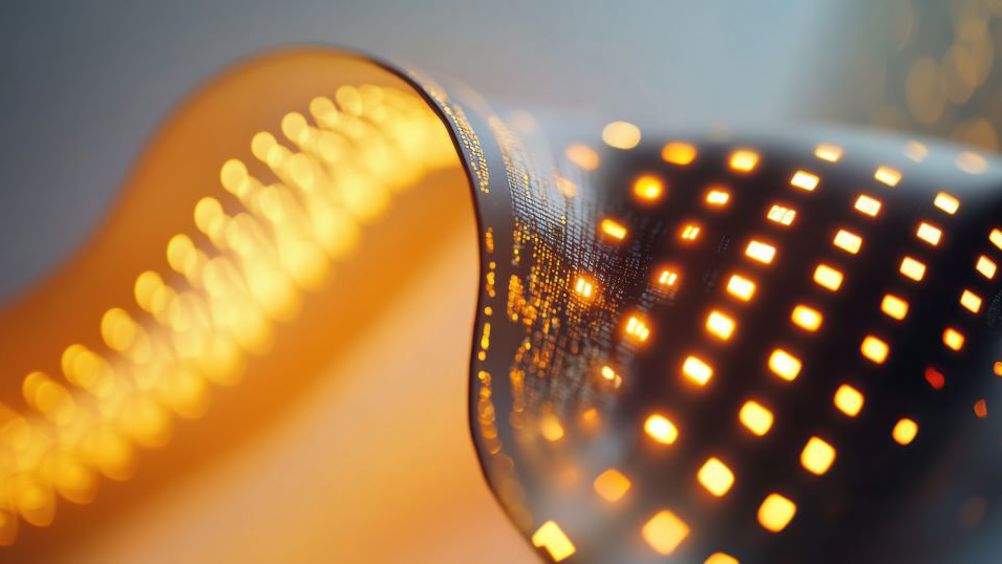Self-healing e-skin maps biosignals
Researchers at California’s Terasaki Institute for Biomedical Innovation have developed a new type of electronic skin that can rapidly heal itself.

The e-skin was fabricated using a flexible, stretchable polymer embedded with silver nanowires (AgNWs) and dynamic disulfide bonds. According to the team at the Terasaki Institute, this combination allows the material to autonomously repair cuts, tears, and breaks in seconds at room temperature, without the need for inputs like heat or light. Paired with wearable devices, the e-skin can map biosignals such as body movement, with potential for medical and consumer applications.
“This is a technology that completely redefines what’s possible for wearable devices,” said research lead Dr Yangzhi Zhu, a professor of nanoengineering at the institute.
“By cutting the recovery time to under a minute, we’ve cleared one of the biggest hurdles on the road to practical, everyday use of electronic skin.”
During tests, the e-skin withstood over 50 cut-and-heal cycles and more than 50,000 bending cycles without significant loss of performance. It also maintained performance across a wide temperature and humidity range and even continued to function under running water.
Register now to continue reading
Thanks for visiting The Engineer. You’ve now reached your monthly limit of news stories. Register for free to unlock unlimited access to all of our news coverage, as well as premium content including opinion, in-depth features and special reports.
Benefits of registering
-
In-depth insights and coverage of key emerging trends
-
Unrestricted access to special reports throughout the year
-
Daily technology news delivered straight to your inbox










INWED Engineering Profile: Naval Architect Ellie Driver
Not a woman I´d want to cross … oh, that was Elle Driver